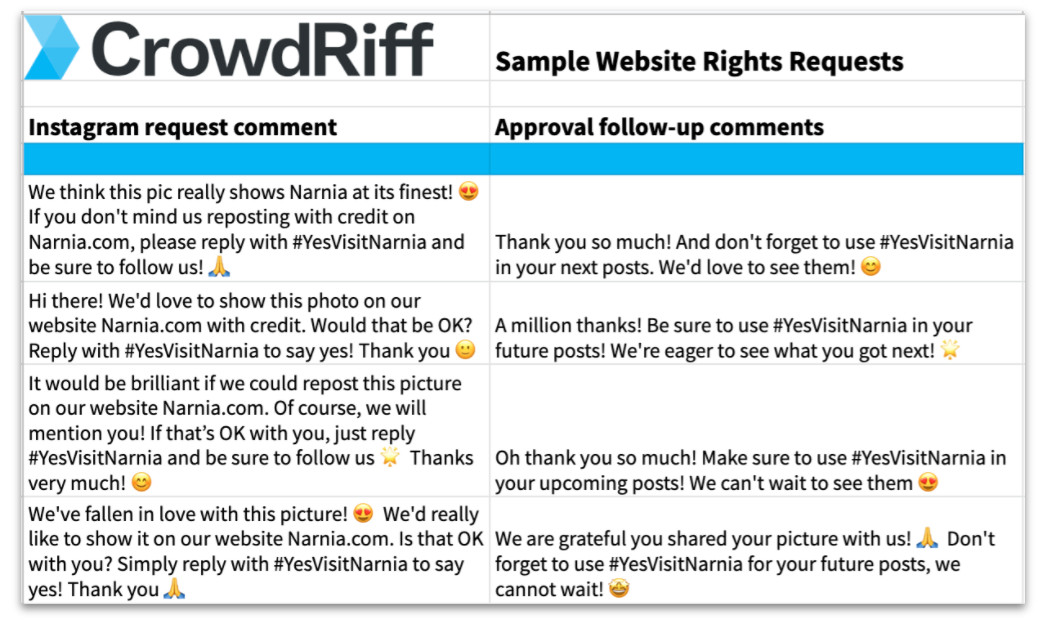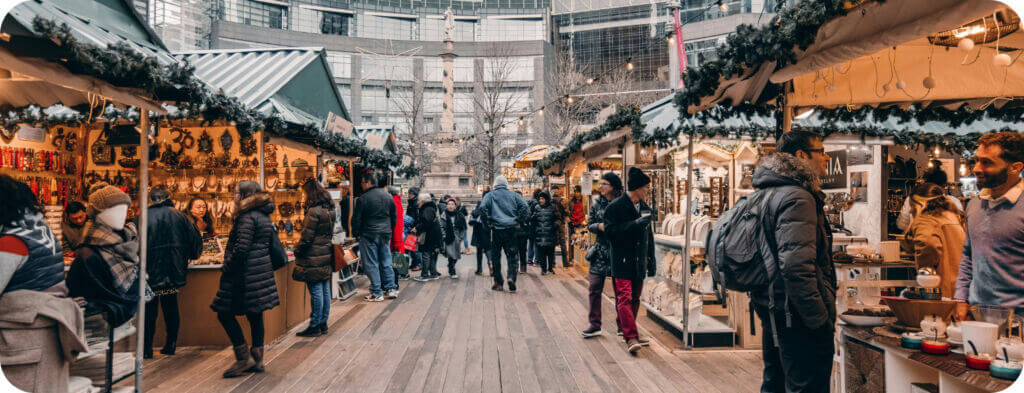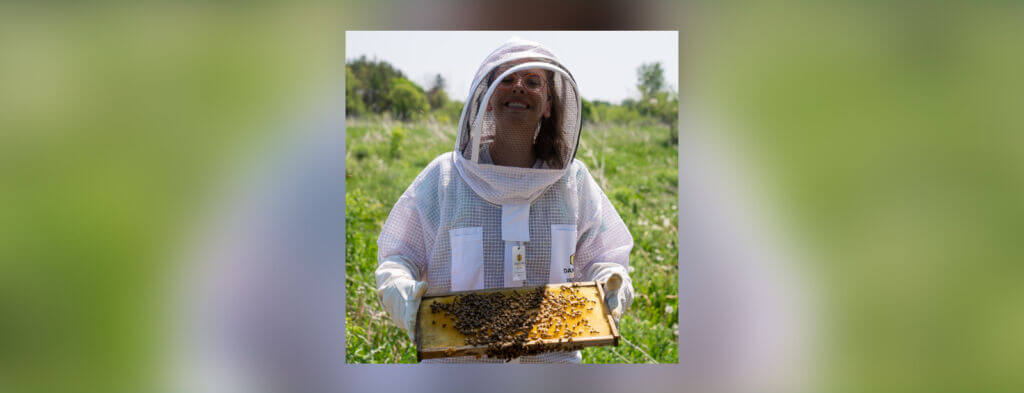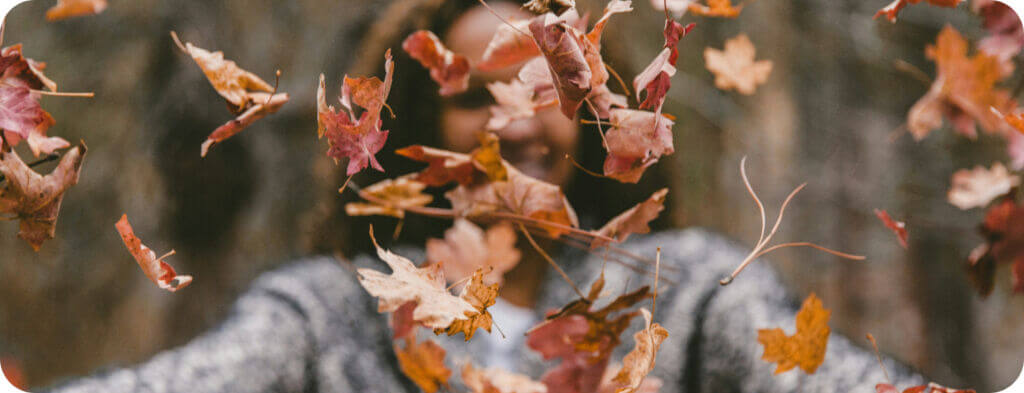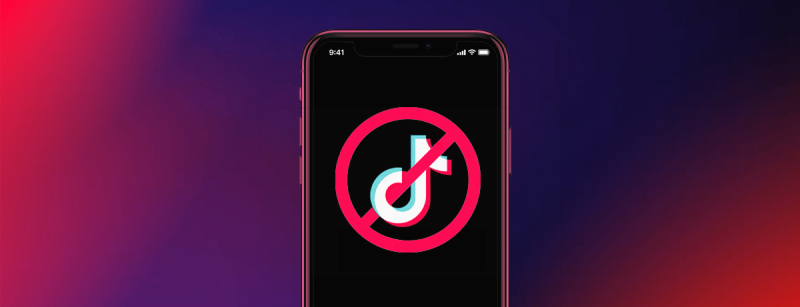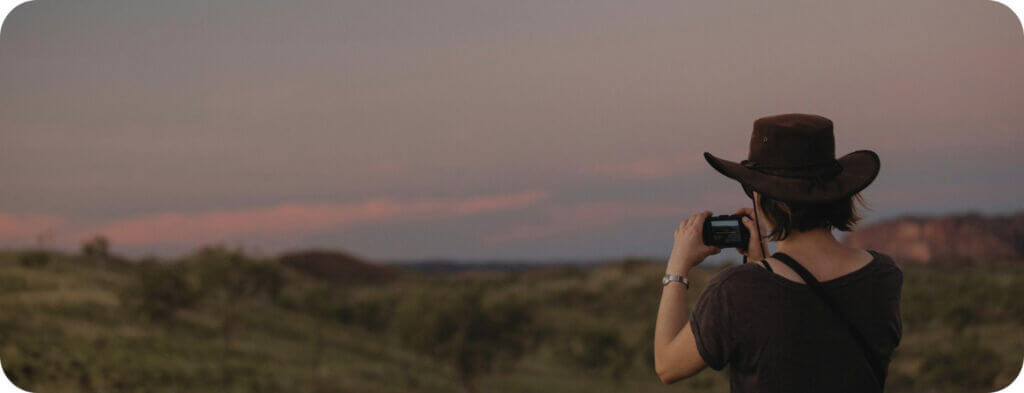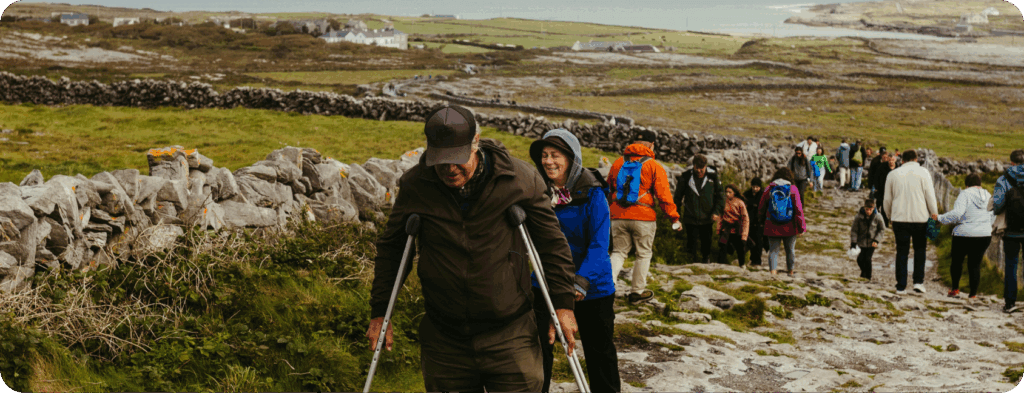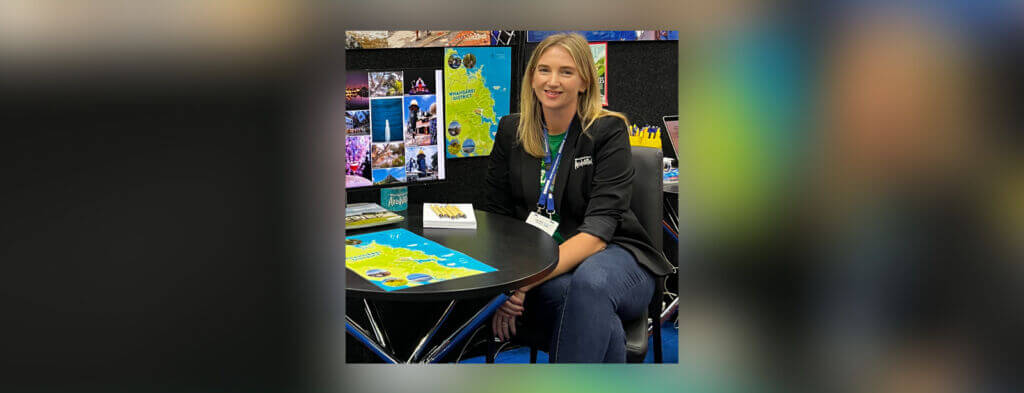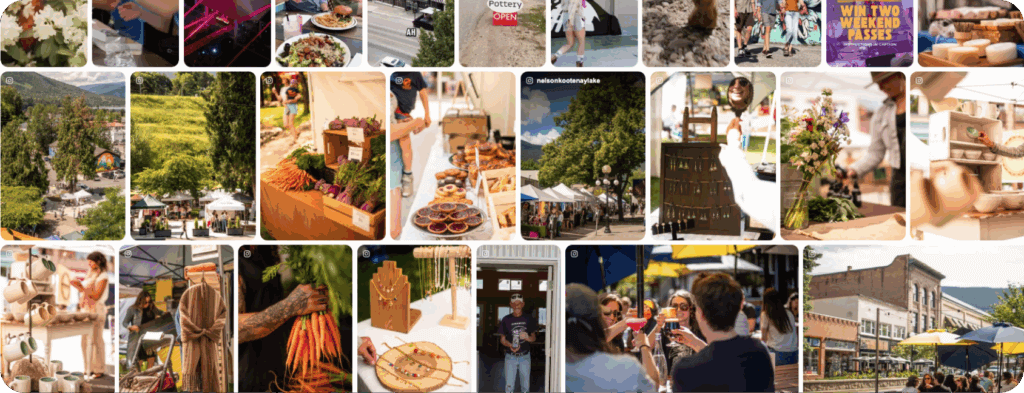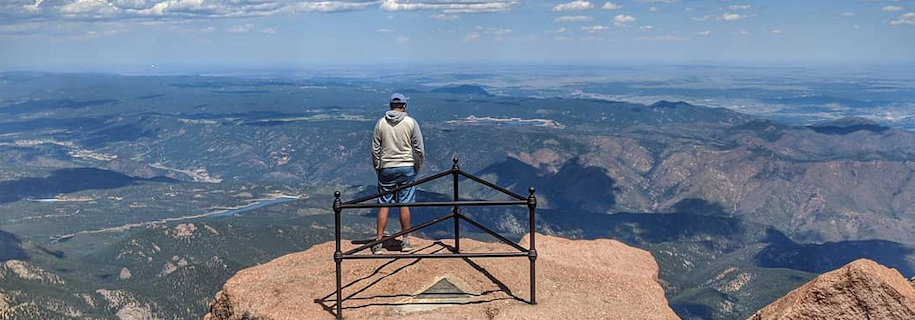
You’re running a campaign that encourages residents to support local businesses, and you’ve just found the perfect photo on Instagram. You want to use this photo on your website, and maybe repost it on social media.
Do you need to get the rights to use this content in your marketing?
The short answer is… yes!
We recommend that you get explicit permission from the original user before using user-generated content in any channel. This includes your CrowdRiff galleries, embeds, and Media Hub.
Getting the rights to UGC:
- Saves you hours (and dollars!) in the long run because you can repurpose the content across your website, social channels, and beyond
- Opens the door to build relationships with creators who may be willing to share additional imagery with you or provide you with a high-resolution version of the photo or video
- Follows the recommendations of the social platforms
In short, getting the rights to UGC vastly increases its potential. Let’s explore how by diving deeper into each one of the above points.
Don’t know how to ask for rights? Use these 150 sample requests for inspiration, or simply copy and paste them in your rights app to start getting permission to use your favorite photos and videos today.
1 | Saves time and money by repurposing content across your marketing channels
When you tap into UGC, you get access to an unlimited supply of visuals that are stunning and drive the results you’re looking for.
Say you notice that perfect photo you’ve posted on your website or social account is receiving a ton of attention. When you have the rights to this content, you can then use it in a digital ad, or as part of your next video campaign or visitor’s guide.
Visit Mesa used a different approach, running a contest using CrowdRiff’s Collector to source imagery directly from their community. Within a few weeks, they received over 450 images from locals. And because they customized terms and conditions with Collector, all the visuals they sourced were automatically rights-approved.
“We were not only able to get great content for this project, but we were able to get content for future use,” says Kate Eckstein, Digital Strategist at Visit Mesa.
The team plans to use the content to attract future travelers, engage locals, and amplify their partners.
2 | Build relationships with content creators
Instagram is filled with beautiful images of your destination that are taken by locals and visitors. Some of these content creators are looking to make connections with DMOs so their work can be seen by a larger audience. Others are interested in future opportunities for commissioned work.
At CrowdRiff, we’re always looking for eye-catching UGC to feature on our social media channels, blog, and in our digital ads. A rights request quickly turned into the following conversation, where the photographer asked us if we would like him to capture specific content for our marketing!
Tapping into relationships with locals ensures relevant UGC continues to flow into your library.You can also get access to other images that weren’t posted on social but that the same creator captured.
To make the sourcing process seamless, try inviting these creators to a local ambassador program, or provide them a Collector link to upload content directly to your library.
3 | Acquire the original image
Another benefit of sparking relationships with creators is that you can also ask them for the original image or video.
To create a better user experience, Instagram compresses your photos. Resolutions higher than a width of 1080 pixels, aspect ratios beyond 1.91:1 and 4:5, and depths of certain tones aren’t supported currently on the platform.
When you’re working with creators who use DSLR or mirrorless cameras (as opposed to those using their phones), these details are especially important.
You may need the original if you want to use the visual in your print marketing, as a hero image on your website, or as a window wrap to your visitor’s center, like Visit Jacksonville.
Last year, Visit Jacksonville loved a photo so much that they reached out to the creator to get the original. Then they turned it into a window wrap for their Visitor Center.
To acquire these large file sizes from creators, simply send them a link to a CrowdRiff Collector.
Getting rights to UGC with CrowdRiff
CrowdRiff helps tourism brands find and acquire rights to UGC, and keep track of your rights requests by automatically storing proof of approval in the platform.
There are two ways travel and tourism brands use CrowdRiff to get rights to UGC.
Ask for permission explicitly in a comment
Be direct when you are asking to use someone’s image or video, but also be human. If you are contacting someone who loves your destination, and you do it in a friendly way, they generally respond positively.
When crafting a comment, follow this checklist:
- Leave a nice comment that shows appreciation for their work.
- Tell them how you want to use their photo.
- Give them a way to explicitly say “yes.” Let them know what hashtag they can use when they respond back to you.
Invite users to agree to specific Terms & Conditions
For travel and tourism brands who prefer having people sign legal Terms & Conditions for their UGC, CrowdRiff offers an Advanced Rights Management option.
You can choose to link your Terms & Conditions in your profile, and direct people to that link when asking for rights before they agree.
Tourism Squamish uses CrowdRiff’s Advanced Rights Management feature to guide the creator to agree to a more detailed set of terms and conditions before they can use the content.
Start getting rights to your best visual content
Building a library of rights-approved assets you can use over and over again takes as little as 10 minutes a day.
Use these sample rights requests as inspiration for your own, or simply copy and paste them into your rights app and add your hashtag to get started.
Header image credit: arnav.bose
